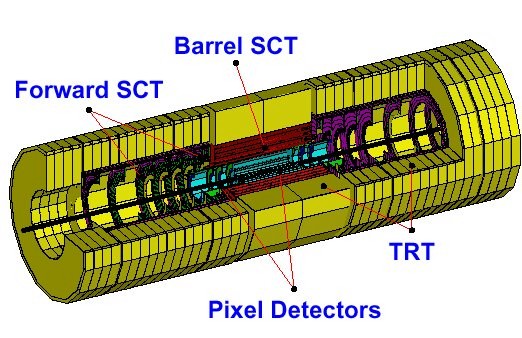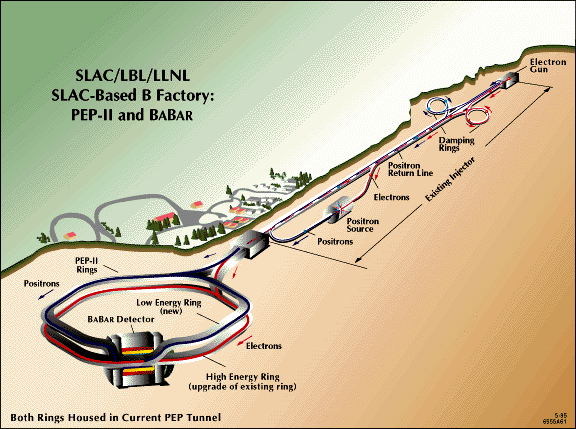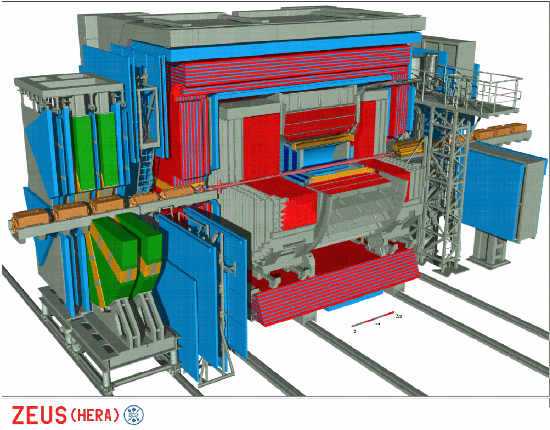 Professor Mallik and her group joined the ATLAS experiment with SLAC at the end
of 2006. She and her group were involved in the Silicon Pixel detector, with part of
the group resident at CERN and fully involved in the DSP part of the project. They then participated
in the liquid Argon Calorimeter (LAr), in Phase 1 trigger upgrade and LAr operation leadership.
The group currently has a central role in the High Granularity Timing Detector (HGTD), part of LAr group, for
the Phase 2 upgrade. The
group's physics interests lie in the Higgs and Beyond Standard Model (BSM) physics analyses. They have/had
critical roles in higgs --> b-bbar and Vh resonance searches. They are also involved in Dark Energy search and
Precision measurement of the Weak mixing angle.
Professor Mallik and her group joined the ATLAS experiment with SLAC at the end
of 2006. She and her group were involved in the Silicon Pixel detector, with part of
the group resident at CERN and fully involved in the DSP part of the project. They then participated
in the liquid Argon Calorimeter (LAr), in Phase 1 trigger upgrade and LAr operation leadership.
The group currently has a central role in the High Granularity Timing Detector (HGTD), part of LAr group, for
the Phase 2 upgrade. The
group's physics interests lie in the Higgs and Beyond Standard Model (BSM) physics analyses. They have/had
critical roles in higgs --> b-bbar and Vh resonance searches. They are also involved in Dark Energy search and
Precision measurement of the Weak mixing angle.
 The group has completed work on the
BaBar experiment at SLAC(Stanford Linear Accelerator Center).
BaBar was the last large particle physics detector at SLAC,
operational from 1999 till 2008. The detector was used to investigate the composition of matter using the B/B-bar system of mesons produced at the PEP-II collider at SLAC. The Babar Experiment investigated the charge/parity violation in hopes of
understanding the dominance of matter over anti-matter in the known universe.
The group has completed work on the
BaBar experiment at SLAC(Stanford Linear Accelerator Center).
BaBar was the last large particle physics detector at SLAC,
operational from 1999 till 2008. The detector was used to investigate the composition of matter using the B/B-bar system of mesons produced at the PEP-II collider at SLAC. The Babar Experiment investigated the charge/parity violation in hopes of
understanding the dominance of matter over anti-matter in the known universe.
- Resposible for online trigger software system
- Central role in BaBar DAQ
- Construction of barrel electromagnetic calorimeter-mini crates and fanout boards
- Calibration of electromagnetic calorimeter, CARE chips
- Leadership in Charmed Baryon/Pentaquark Analysis Work
- BaBar Run Coordination
 Professor Mallik served as the Run Coordinator and as the Online Trigger Coordinator for BaBar. The group members took leadership roles in DAQ, Trigger, Online software, and commissioning.It was responsible for
Level 1 trigger software and the Interface Boards in the 2004 Trigger Upgrade. They had a prominent role and leadership in Charmed baryon analysis.
Professor Mallik served as the Run Coordinator and as the Online Trigger Coordinator for BaBar. The group members took leadership roles in DAQ, Trigger, Online software, and commissioning.It was responsible for
Level 1 trigger software and the Interface Boards in the 2004 Trigger Upgrade. They had a prominent role and leadership in Charmed baryon analysis.
Professor Mallik and her group were involved in the research and development of the Linear Collider, an international high priority construction project in Particle Physics. It will be central in understanding the Higgs mechanism (by which fundamental particles acquire masses), as a complimentary study of that at the Large Hadron Collider (LHC). Her group established a Particle Flow Algorithm (PFA) for the ILC detectors successfully. For an introduction to particle physics click here.
 Zeus is one of the two experiments at HERA, the only high energy electron/proton collider opearating in DESY, located in Hamburg, Germany. The project started
in 1992 using Deep Inelastic scattering to probe the inner quark structure of
the proton. Professor Mallik and her group worked on the U-Sc calorimeter
online software and readout-electronics calibration. The group studied the rise
of the gluon momentum density at low-x from the rise of elastic and inelastic
charmonium production, calculated with perturbative QCD.
Zeus is one of the two experiments at HERA, the only high energy electron/proton collider opearating in DESY, located in Hamburg, Germany. The project started
in 1992 using Deep Inelastic scattering to probe the inner quark structure of
the proton. Professor Mallik and her group worked on the U-Sc calorimeter
online software and readout-electronics calibration. The group studied the rise
of the gluon momentum density at low-x from the rise of elastic and inelastic
charmonium production, calculated with perturbative QCD.